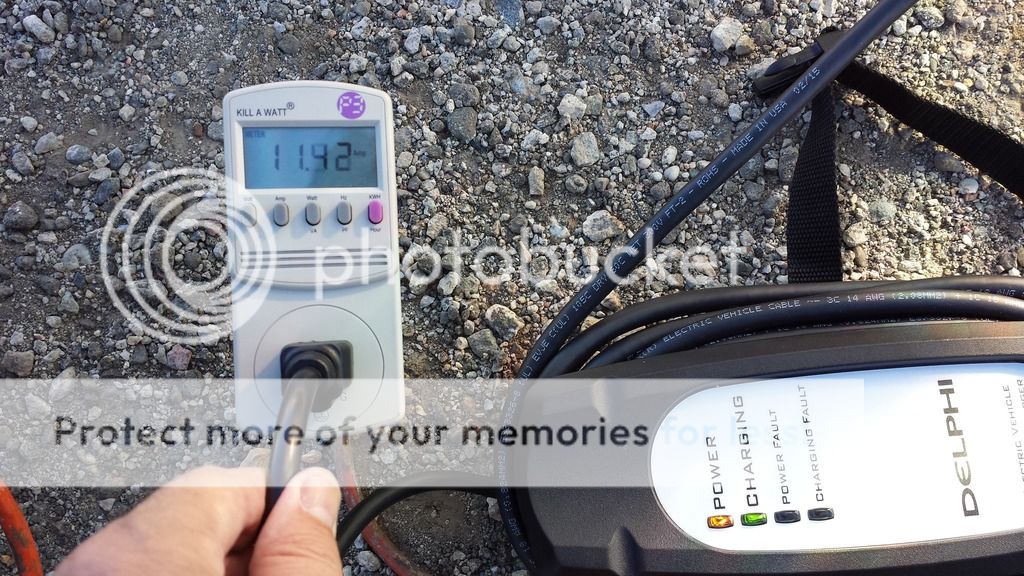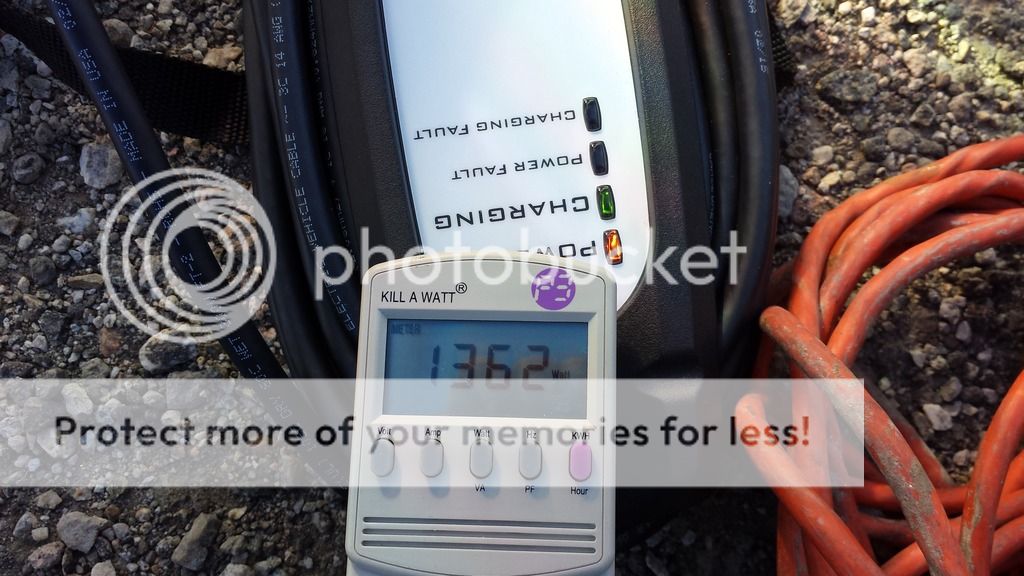Considering a SE as a "drive kids around for activities" car. It will be used max 40-50 miles per day. Trying to understand charging times for the 3.6KW charger. Compared to an SEL, I was told:
1. Instead of taking 4 hours to charge on a 240 charger it now takes 8 hours
2. instead of taking 20 hours to charge on a 120 charger it now takes 40 hours
Is this true? That would definitely mean that I need to plan for a 240v charger. Looking for some practical user experience...
1. Instead of taking 4 hours to charge on a 240 charger it now takes 8 hours
2. instead of taking 20 hours to charge on a 120 charger it now takes 40 hours
Is this true? That would definitely mean that I need to plan for a 240v charger. Looking for some practical user experience...




































